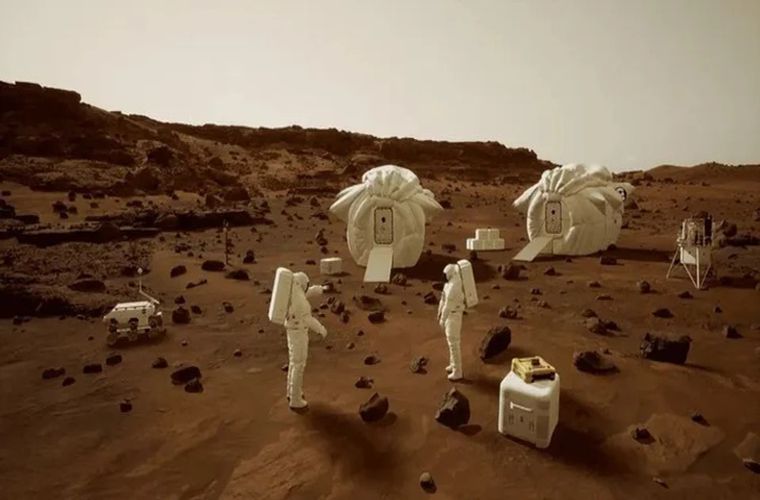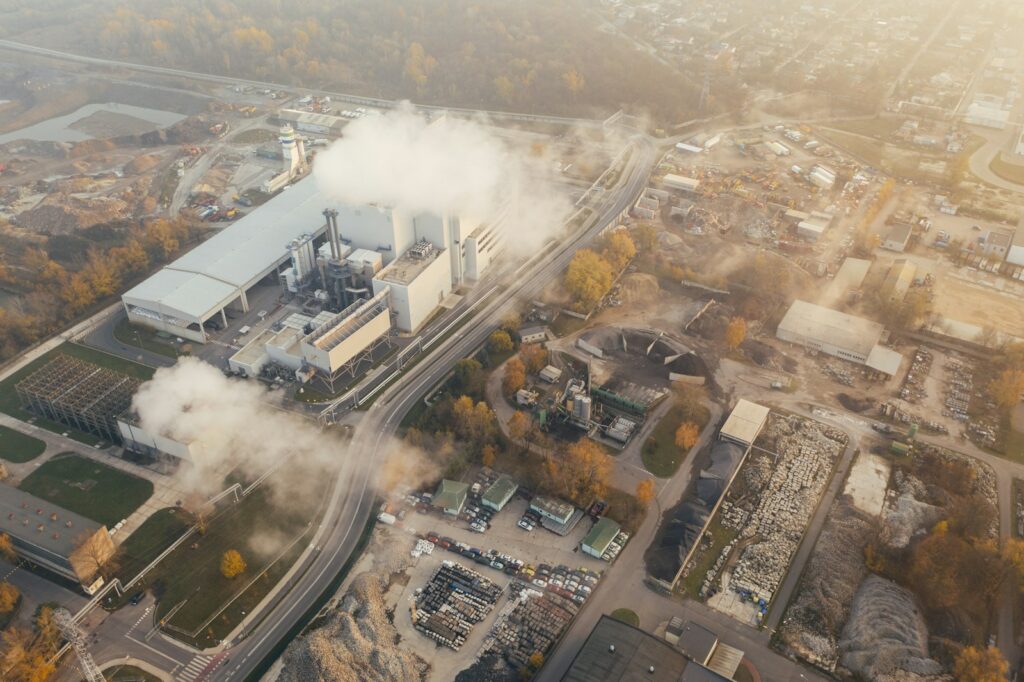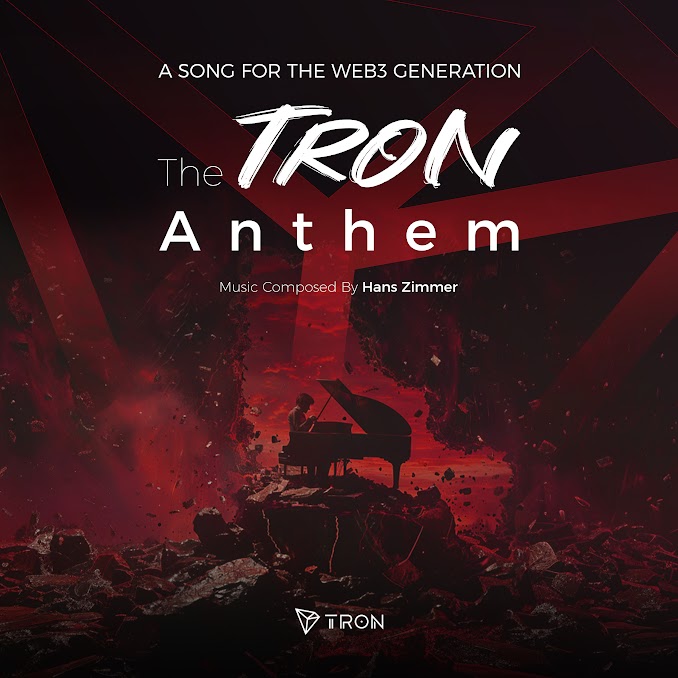The National Aeronautics and Space Administration, also known as NASA, is now entering the metaverse. They’re one of the first scientific institutions (rather than private corporations) to do so. To enter this virtual space, NASA is teaming up with the company Epic Games. This company created the extremely popular virtual reality streaming video game Fornite. They also recently partnered with Lego to work on developing metaverse products. In teaming up with NASA, Epic Games is hoping to bolster its reputation and help NASA reach a wider audience. While many businesses are using the metaverse as a way to advertise their brand, NASA is using the virtual space to issue a coding challenge: simulating life on Mars.
The Martian Challenge
NASA recognizes the potential that virtual reality simulations have for scientific research. Especially in fields like astronomy, having a simulation of galaxies or planets can cut expensive costs and valuable time from research projects, NASA is hoping to use these virtual reality simulations to learn more about Mars, and how humans can possibly survive on the planet. In order to do this, NASA and Epic Games have issued a coding challenge for all game developers. The challenge was issued on the HeroX platform, which many organizations use to crowdsource ideas for big picture problems.
Using Epic Games’ virtual reality software, Unreal Engine 5, game developers are tasked to create a new virtual reality environment set on Mars, complete with visual assets and survival scenarios. To develop these VR environments developers are told to add to NASA’s current virtual reality simulation, MarsXR. This software already includes a basic virtual framework, including Martian weather, 400 km2 of realistic terrain, suits and rovers, and full-day lengths. To add to this, developers must create new assets that fit into one of five different categories: “Setup Camp,” “Scientific Research,” “Maintenance,” “Exploration,” and “Blow Our Minds.” The last category allows for more developer creativity and a place to show off their skills. The rest of the categories easily fall under real-life scenarios needed to live on this planet.
For winners of the challenge, NASA offers 20 individual prizes, totaled at $70,000. Each category offers four prizes, with the category winner receiving $6,000. The developers have 80 days to complete the challenge, after which they must submit what they have on the platform.
Who is Competing for NASA?
As NASA is a popular institution and well-liked by individuals all over the world, it’s no surprise to see their challenge already gaining planting of interest. Currently, there are 150 challengers who are actively participating, with teams of 1-2 members. These challengers hail from all around the world, including Taiwan, South Korea, Iran, Ukraine, and Kenya, as well as others. While most are excited to see the results of this challenge, many individuals have criticized NASA for not rewarding all the teams participating in the challenge. This criticism is especially relevant for teams from developing countries, who may not win due to a lack of newer technology, but for whom the reward would have a greater impact. As all teams are taking time and energy to complete NASA’S challenge, criticisms about reward and pay seem valid. NASA has yet to publicly respond to these critiques.
However, as with many jobs, some individuals just do it for the love of the job, not the pay. Thanks to popular culture science fiction (like The Martian), many people are excited by a potential life on Mars, even if it is just a virtual reality simulation. What NASA does with the simulation after the challenge is over remains a mystery, but it’s a safe bet to think it will be used in future scientific research.
For more market insights, check out our latest metaverse news here.


















